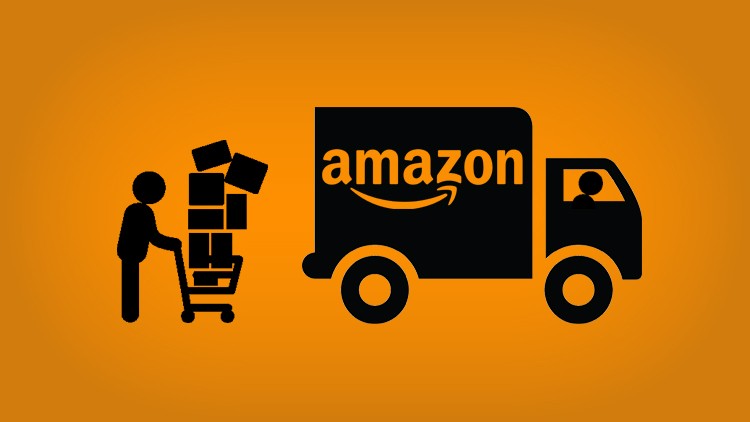Asset management poses a significant challenge in most businesses, and small enterprises are mostly affected. Many lack the resources to track their assets, which can be time-consuming. And the reason? Without proper asset management tools, workers spend a chunk of time searching for equipment. And this results in delays, low productivity, and loss of business due to unsatisfied customers.
Check out ideas to help you better track assets in your small business:

1. Know what to track
Even though you run a small business, I presume you have a few assets in your business premises. To improve your business efficiency, know the maintenance schedule of your equipment. Also, know the users on each machine and the levels of equipment downtime.
This way, it will be simpler to handle equipment maintenance and operations. What is mro? MRO is a term that stands for Maintenance Repair and Operations. It involves various activities that you undertake to ensure the optimal running of your business equipment and smooth operations in your business.
2. Start with the valuable assets.
Start with all the high-value assets, and include the movable assets or those that necessitate regular maintenance. For instance, if you’re a contractor operating a start-up or a small business, begin with the vans, graders, and bulldozers. Moreover, track other assets in your office like; safety equipment, furniture, computers, construction tools, and more.
3. Understand the numerous asset tracking terms
There are different terms associated with asset tracking in small ventures. Know a couple and understand how to use them or where they apply. This way, you’ll do things right, and avoid mistakes, thus making the asset tracking process simpler. The standard terms are;
- Assets
- Inactive assets
- Intangible assets
- Acquisition cost
- Auditor
- Fixed assets
- Barcode technology
4. Identify & Track new assets
Tracking all assets in a business can be a real challenge. You may need more workers to help with this, which translates to additional costs. Why not track the assets as they come into your company? Develop a checklist of all the new equipment in your enterprise. Also, record all the details to ease the management process.
5. Acquire the right software
As a small corporation, you may lack the resources to hire multiple workers to manage your assets. Well, this shouldn’t bother you! There are various ways to manage your assets and ensure the smoother running of your business operations. Acquire CMMS software and ease maintenance repairs and other processes.
What is cmms? This is a software solution that’s useful for managing, automating, and streamlining business processes. These handy tools schedule repairs, minimize equipment breakdowns and save time. They also lower the overall cost of repairs in your company.
6. Know how to deal with asset tracking challenges
Asset tracking in small businesses comes with many challenges. These may include; asset theft due to lack of information on all the assets in your business. Another major challenge is unmotivated workers who may not be willing to explain to clients in case of delay resulting from unserviced equipment.
Increased risks of accidents are also common among many others. There are various ways to deal with all these, and it’s best to devise ways to deal with all the challenges to minimize workplace injuries and loss of business.
Do I need asset tracking software in my small business?
Asset tracking software will benefit your enterprise in multiple ways. Firstly, it will help you determine whether your equipment is functioning optimally and schedule maintenance repairs in time. This will minimize maintenance expenses and prolong the life of your equipment.
That’s not all, though! The software wills streamline business operations, save time, and lessen unnecessary downtimes. And the benefits apparent, increased efficiency, productivity, and more profits, enabling you to grow your business.
Final thoughts
Asset management will resolve various challenges in your small business. It makes it easier for the existing resources to achieve greater levels of efficiency. With the right asset management tools in place, you can be sure of efficiency, thus enhanced productivity.







